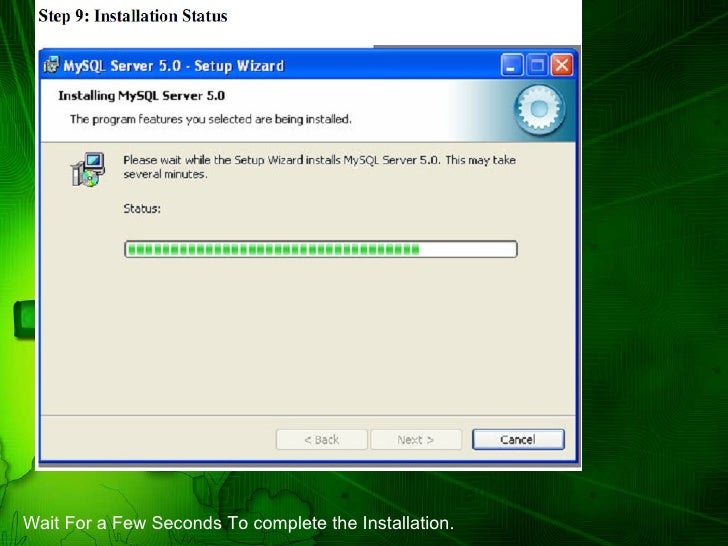Installing Mantis On Iisdammam
Here are the top 25 Technical Support Engineer profiles in Albany on LinkedIn. Get all the articles, experts, jobs, and insights you need. How to Install Mantis Bug Tracker on CentOS 7. Mantis is a free and open source issue tracker written in PHP language. It provides an easy to use web interface for.
How to install Mantis for personal bug tracking. Personal Bug Tracking with Mantis on Windows by Walter Vannini Introduction Prerequisites Other Sources of information. Mar 13, 2012. Mantis Bug Tracker is a utility software for event management and is coded in PHP-MySql structure where PHP prepares the front end and MySql the back end. Linux is the preferred Operating System with the requirement of LAMP (Linux-Apache-MySql-PHP).
And pipelines and fields The Persian Gulf and its coastal areas are the world's largest single source of crude oil, [ ] and related industries dominate the region., the world's largest offshore, is located in the Persian Gulf. Large gas finds have also been made, with Qatar and Iran sharing a giant field across the territorial median line (North Field in the Qatari sector; South Pars Field in the Iranian sector). Using this gas, Qatar has built up a substantial (LNG) and petrochemical industry. In 2002, the Persian Gulf nations of Bahrain, Iran, Iraq, Kuwait, Qatar, Saudi Arabia, and the UAE produced about 25% of the world's oil, held nearly two-thirds of the world's crude oil reserves, and about 35% of the world's reserves, the oil-rich countries (excluding ) that have a coastline on the Persian Gulf are referred to as the. Iraq's egress to the gulf is narrow and easily blockaded consisting of the marshy river delta of the, which carries the waters of the and the rivers, where the east bank is held by Iran. Map of the Persian Gulf. The leads to the.
In 550 BC, the established the first ancient empire in ( Pars, or modern ), in the southwestern region of the. Consequently, in the Greek sources, the body of water that bordered this province came to be known as the 'Persian Gulf'. During the years 550 to 330 BC, coinciding with the sovereignty of the Achaemenid Persian Empire over the Middle East area, especially the whole part of the Persian Gulf and some parts of the, the name of 'Pars Sea' is widely found in the compiled written texts. In the travel account of, several chapters are related to description of his travels accompanied by the Achaemenid king, to and, and the area is described. From among the writings of others in the same period, there is the inscription and engraving of Darius the Great, installed at junction of waters of and the and the Rome river (current Mediterranean) which belongs to the 5th century BC where Darius the Great has named the Persian Gulf Water Channel: 'Pars Sea' ('Persian Sea').

Considering the historical background of the name Persian Gulf, mentions in a book published in 1928 that 'no water channel has been so significant as Persian Gulf to the geologists, archaeologists, geographers, merchants, politicians, excursionists, and scholars whether in past or in present, this water channel which separates the Iran Plateau from the Arabia Plate, has enjoyed an Iranian Identity since at least 2200 years ago.' Before being given its present name, the Persian Gulf was called many different names, the classical Greek writers, like, called it 'the Red Sea'. Free Download Kabir Ke Dohe By Jagjit Singh on this page. In texts, it was known as 'the sea above '. El Sida Es Curable Isaac Goiz Pdf Reader there. [ ] Naming dispute. Picture depicting 'Persian Corridor' through which the provided supplies to.
The world's oldest known civilization () developed along the Persian Gulf and southern, the shallow basin that now underlies the Gulf was an extensive region of river valley and wetlands during the transition between the end of the and the start of the, which, according to University of Birmingham archaeologist Jeffrey Rose, served as an environmental refuge for early humans during periodic hyperarid climate oscillations, laying the foundations for the legend of. For most of the early history of the settlements in the Persian Gulf, the southern shores were ruled by a series of nomadic tribes, during the end of the, the southern part of the Persian Gulf was dominated by the civilization. For a long time the most important settlement on the southern coast of the Persian Gulf was; in the 2nd century, who lived in what is now Yemen, migrated north and founded the along the southern coast.
